What it is?
So what are textured paints? This material creates or simulates a relief surface. In fact, the technique of applying decorative paint lies somewhere between decorative plaster and regular paint (especially when it comes to creating texture).
It differs from the standard paint:
- Consistency... The decorative coating is thicker, somewhat reminiscent of very thick sour cream.
- Composition... In addition to the base and pigments, filler particles are used in the manufacture, which are responsible for the volume.
- Big expense... The layer of textured dye can be up to 15 mm, while the usual layer is 2-3 mm.
Differences from decorative plaster:
- Application thickness... A thinner paint layer is required.
- Consumption... Due to the reduction of the layer, the consumption of material will naturally be less.
- Textured interior paints can create standard plastering effects (bark beetle, fur coat, lamb), or imitate marble, velvet, leather, silk, embossed paper.
In the photo there is a "wrinkled" voluminous paint
Pros and cons
To decide once and for all whether it is worth buying textured paint, evaluate its advantages and disadvantages.
Advantages:
- Do not require careful preparation of the walls... Due to its volume, the coating hides small irregularities.
- Dry quickly... The 5 mm layer dries in about 3-4 hours.
- Suitable for all walls... Concrete, brick, wood, plasterboard.
- Can be tinted in any shade... As conventional formulations, they are usually produced in white, digital or manual tinting allows you to achieve different shades.
- Do not have a detrimental effect on health... Most of the formulations are hypoallergenic and safe - they can even be used in children's bedrooms.
- Are inexpensive... The average price tag is around 100 rubles per 1 kg.
- Long lasting... The service life of paints from different manufacturers varies, but on average is ~ 10 years.
- Do not crack... Textured paint is elastic, so even if the house shrinks slightly (important for new buildings), no cracks will form on the surface.
- Do not fade... Thanks to this, it is suitable for use in rooms with southern, eastern windows - the original color will remain for the entire service life.
- Easy to clean... Firstly, the walls will have an antistatic effect - they will not attract dust. Secondly, most stains are removed with a damp soft cloth.
Minuses:
- High consumption... About 1 kg per 1m2. However, this is justified by the low price of the paint itself, as well as the savings on the preparation of the walls.
- Complex removal... If the volume gets bored and you decide to stick wallpaper or apply a smooth coating instead, be prepared for a difficult dismantling process.
Important! The pros and cons are considered for water-based formulations, the properties of other mixtures may differ from those listed.
What are the types and their characteristics?
Various components are added to the composition of paints for interior work:
- chips made of durable stone (marble, granite);
- quartz sand;
- silk, cotton fibers;
- nacre;
- starch;
- metal sequins.
In the photo, the effect of craquelure
IN mixing unusual structures are obtained:
- Misuri... The composition is applied in a dense layer, after which deep lines are created - smooth or straight with your fingertips or a notched trowel. Thick paints with modified starch are suitable.
- Marseilles wax... Based on the name, you can understand that paint will be needed with the addition of wax. However, they are rare and expensive. It is easier to take the usual version with chalk chips, and wax on top for decorative surfaces. The result is a wall that looks like a stone.
- Relief... A lamb or a fur coat familiar from decorative plaster can be created using paint: take those with large stone chips.
- Atacama... The effect of a rough surface with streaks is achieved by adding sand. Shimmers of light are emphasized by pearlescent dyes.
- Silk... The surface is smooth and glossy thanks to cellulose or silk fibers (natural). Pearlescent shine is achieved through the use of a dye.
The foundation can be acrylic (modern, easy to use), silicone (suitable for all surfaces), silicate (used for exterior and interior decoration).
What colors are there?
Textured wall paint has a wide range of colors, primarily due to the wide range of tinting options. Most building materials manufacturers produce paints in a single white color, allowing the buyer to choose the shade that best suits the design.
Important! To be able to repeat the color, order a computer tinting in the store, or write down the proportions in grams, choosing the tone manually.
Pictured are mother-of-pearl blue walls in the dining room
If the wall is covered with white paint, the volumetric effect will be almost invisible: in order to preserve the airiness of the finish, but to emphasize the texture, after drying, use the technique of painting with a dry brush or sponge.
Textured paints in most interiors are made light: beige, gray. The palette suits many styles: Scandinavian, classic, minimalism. Loft lovers will love the deep, saturated shades: black, indigo, burgundy.
In the photo, the effect of silk in the living room
The accent on the painted wall is done using original, unusual shades: blue, pink, lilac (look for examples in the photo). For greater effect experts recommend covering the walls with textured paints with pearlescent, metallic effects.
Selection recommendations
Painting the walls is preceded by the purchase of a coloring composition, and the purchase is a careful selection of its variety. The selection of paint for walls in an apartment will be easier if you answer 5 questions:
- Which room of the house are you planning to renovate?
- What is the surface of the walls in the room (concrete, wood, plasterboard)?
- What is the state of the wall now, is it necessary to mask small irregularities?
- What kind of finish (glossy, matte) and pattern do you want after application?
- Will the work be done in-house or by a professional craftsman?
The choice of textured paint is complicated by the fact that the packaging does not write what effect in wall decoration can be achieved with its help. Usually only the type of filler is indicated. For example, solutions with chalk, starch, and the smallest crumbs are suitable for mizuri.
In order not to be mistaken with the choice, to acquire exactly the color and effect that you need - ask the help of a consultant in a specialized store of finishing materials. It is best to show the seller a photo of the desired effect, so it will be easier to choose the composition.
Application features
The first step is to prepare all the necessary tools and materials:
- primer;
- roller or for primer;
- spatula or roller;
- film to protect furniture, floor, ceiling;
- masking tape for separating the area for painting.
Preliminary preparation includes cleaning the walls from old material, plaster, filling the desired areas (or the entire surface as a whole). Further, the technology requires priming: the solution is matched to the base (acrylic to acrylic, silicate to silicate). The primer has a protective effect against moisture, fungus, bacteria, and improves adhesion.
When the soil is dry (it is better to wait at least 12 hours) you can apply textured paint... Bright lighting will help to do this competently: it is advisable to turn on the light that will be the main one in the room (a chandelier or ceiling lamps).
The application of textured paint is carried out with a wide spatula, in the corners they work with a narrow trowel. Interesting volumetric effects require a layer of at least 3-4 mm. The way to create the texture depends on your imagination and skills: make strokes with a spatula, brush, needle or fur roller, fingers.
Important! Water-dispersion textured paints dry quickly enough, so you need to work in small areas, immediately creating the desired relief on them.
What does it look like in the interior?
The scope is extensive. Basically, they are used to decorate the walls in living rooms, bedrooms, hallways. But the water- and wash-resistant formulations are also suitable for kitchens and even bathrooms.
In the photo, an imitation of rust in the loft style
Decision matched to the style of the interior: the intricate Marseilles wax is the perfect backdrop for classical carved furniture or chic Empire, Baroque styles. More restrained modern the style is suitable for mizuri in a light neutral shade: white, gray, beige.
In style loft atacama would be appropriate: roughness can imitate concrete, plaster or rust on metal.
The second important factor is room functionality... For children's choose colored pastels on all walls. Or one of the surfaces is made bright, accent, and the rest are made light. Flat "warm" effects are suitable: silk, paper.
IN bedrooms the coatings should be neutral, but it is permissible to play with the volume: make pleasant waves of mizuri or add the relief of a fur coat, lamb.
For kitchen - the less relief, the better: dust, dirt, grease will accumulate on the ledges, which are not easy to wash.
A room where there are no limits - living room... Volume and flatness, bright and calm shades, glossy and matte effect are appropriate. The textured paint is selected by size: the smaller the hall, the lighter and more shiny the coating should be.
Using textured paint is always an experiment! It is almost impossible to predict what exactly will turn out at the end. But a little skill and a little imagination will help you achieve an excellent result!


 10 practical tips for arranging a small kitchen in the country
10 practical tips for arranging a small kitchen in the country
 12 simple ideas for a small garden that will make it visually spacious
12 simple ideas for a small garden that will make it visually spacious
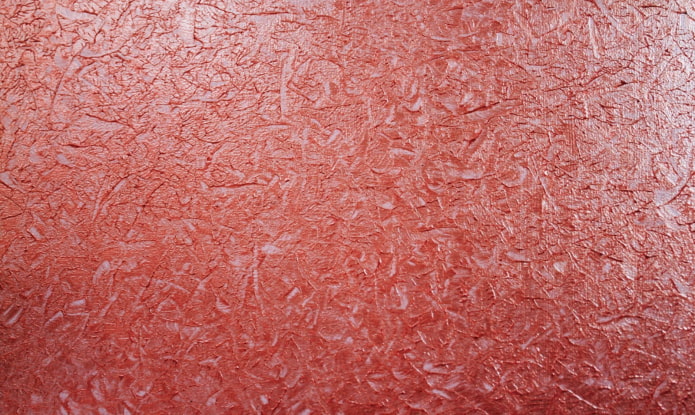
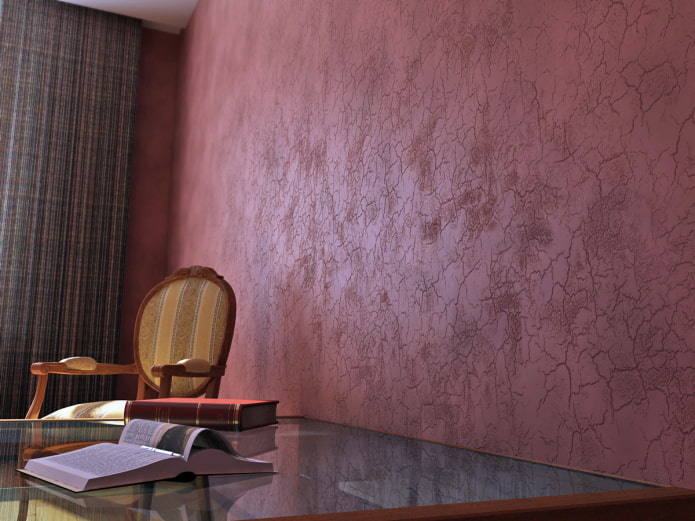
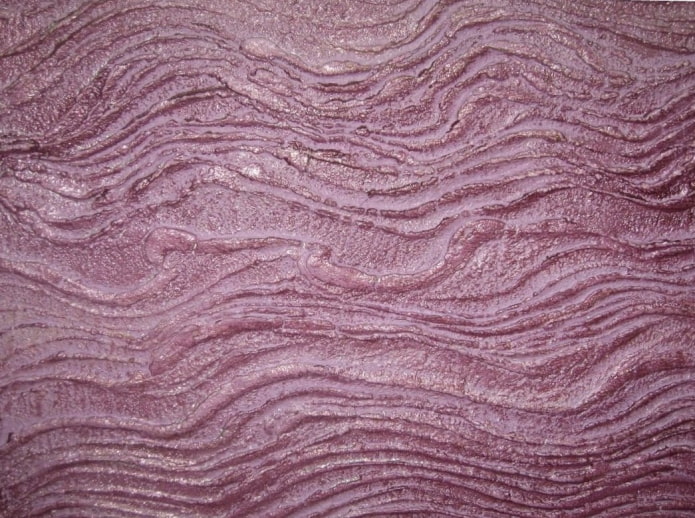
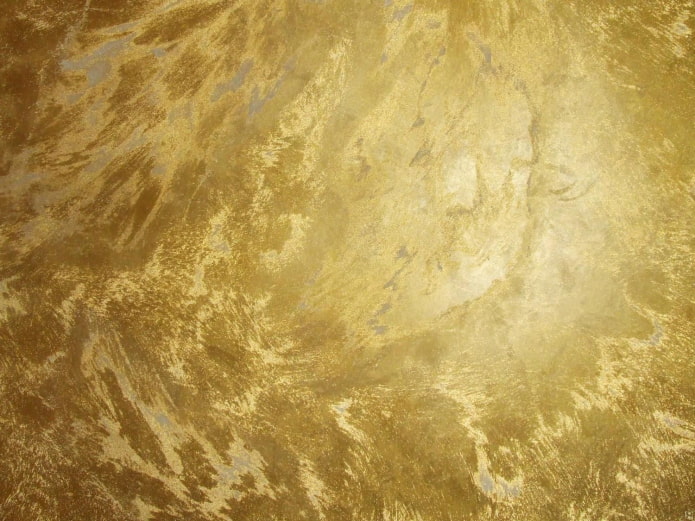
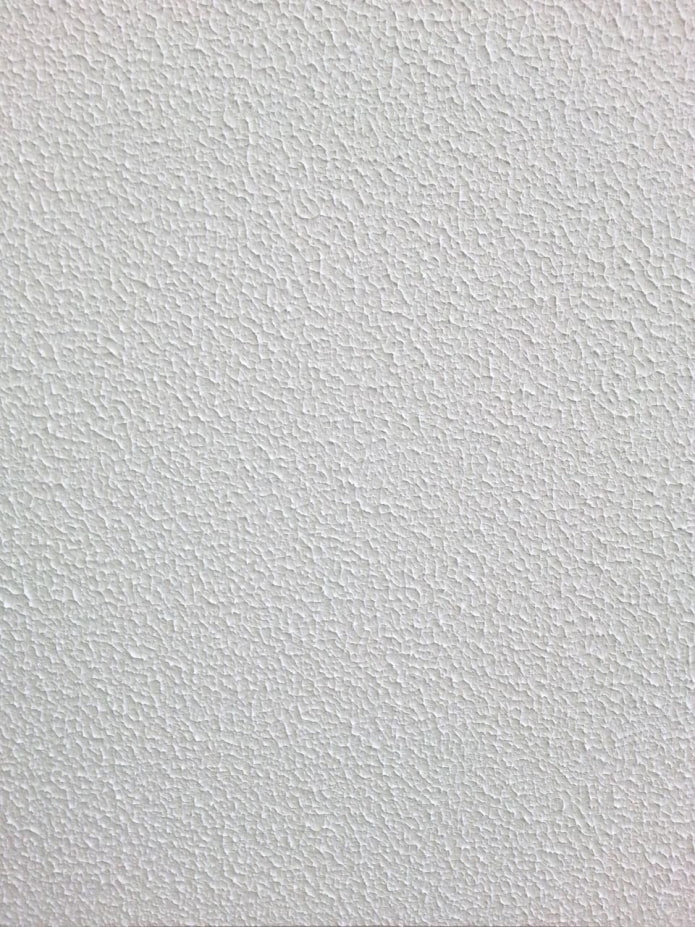
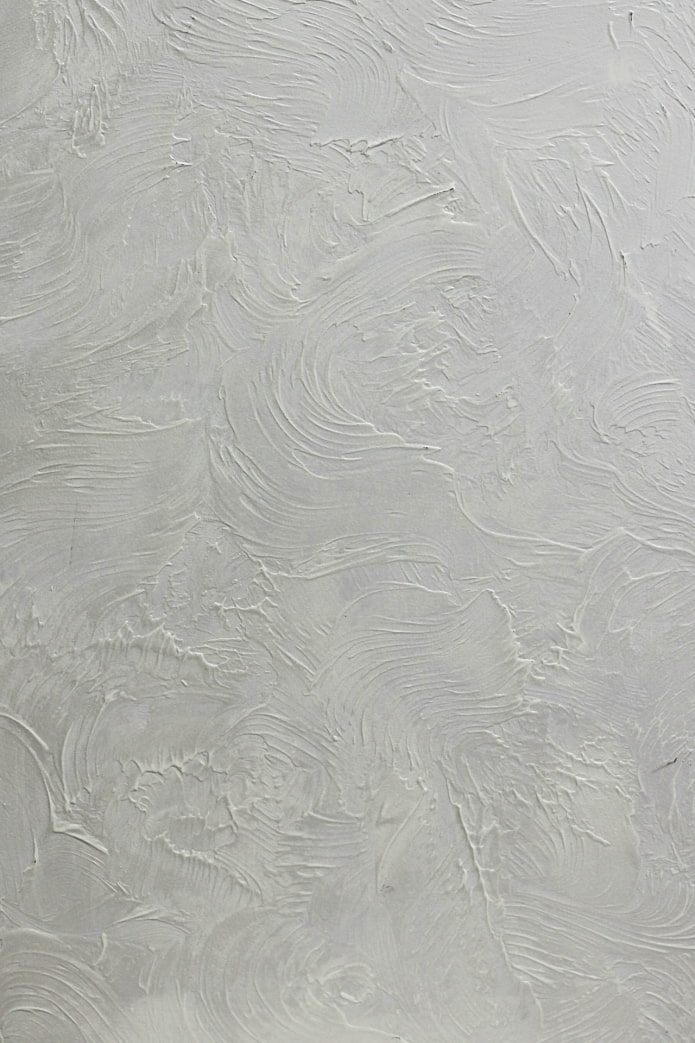

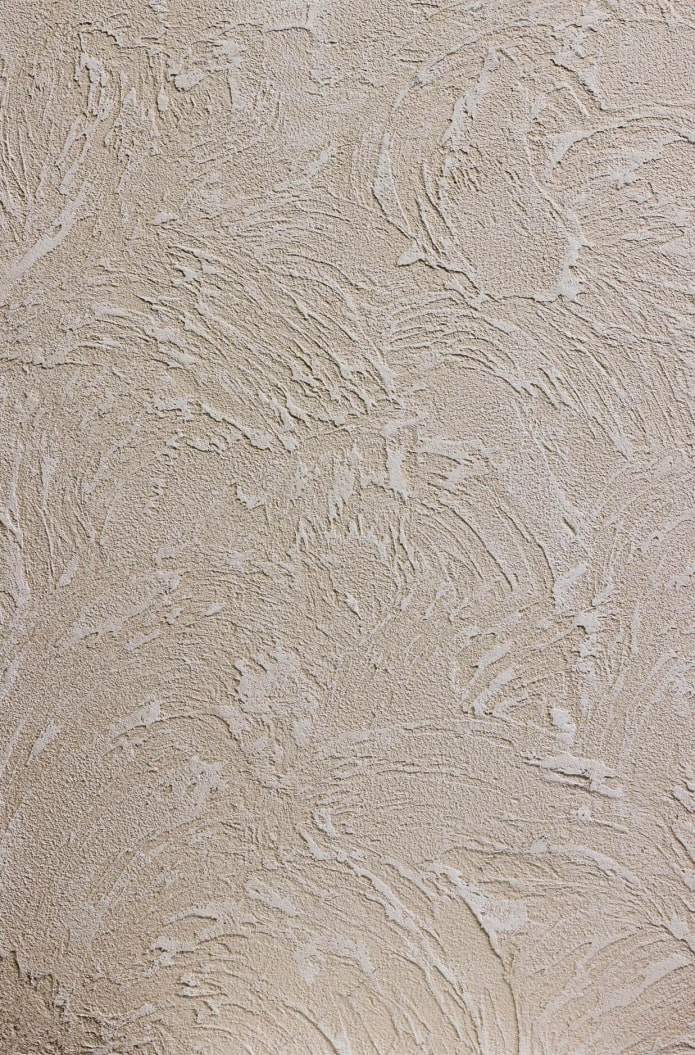
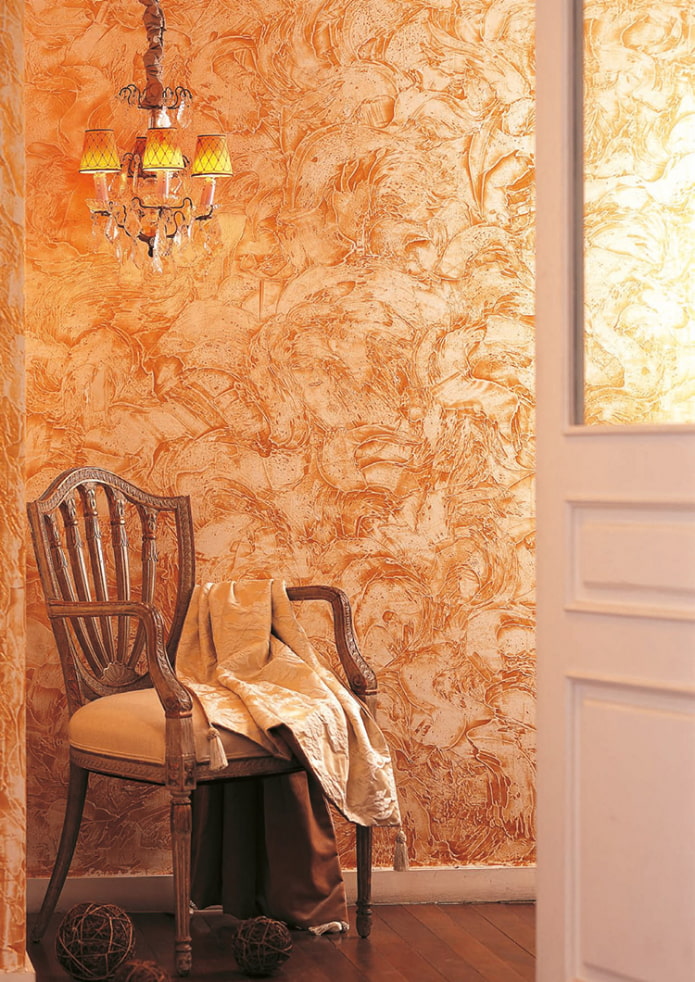
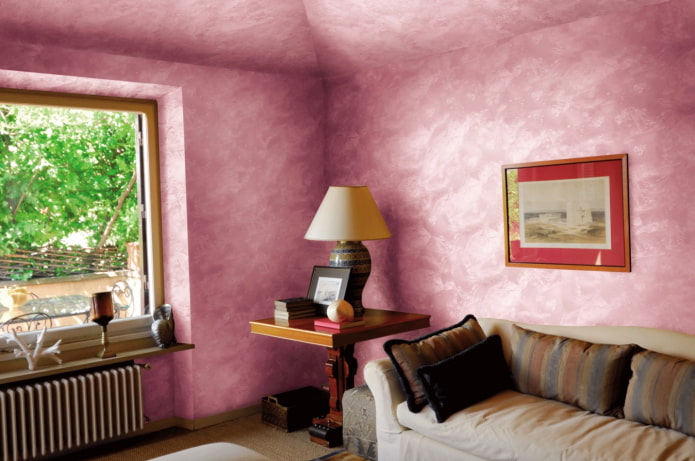
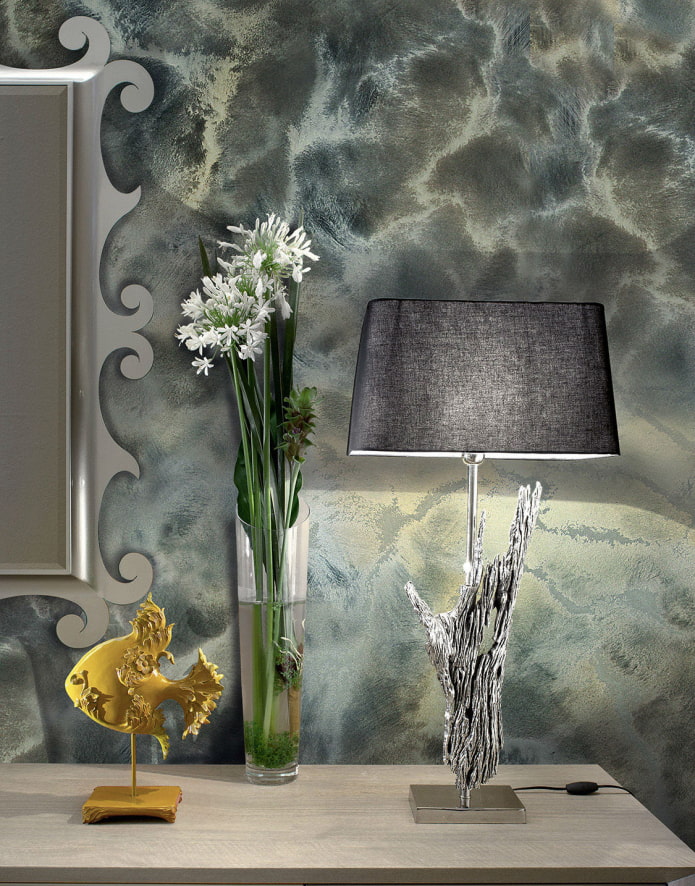
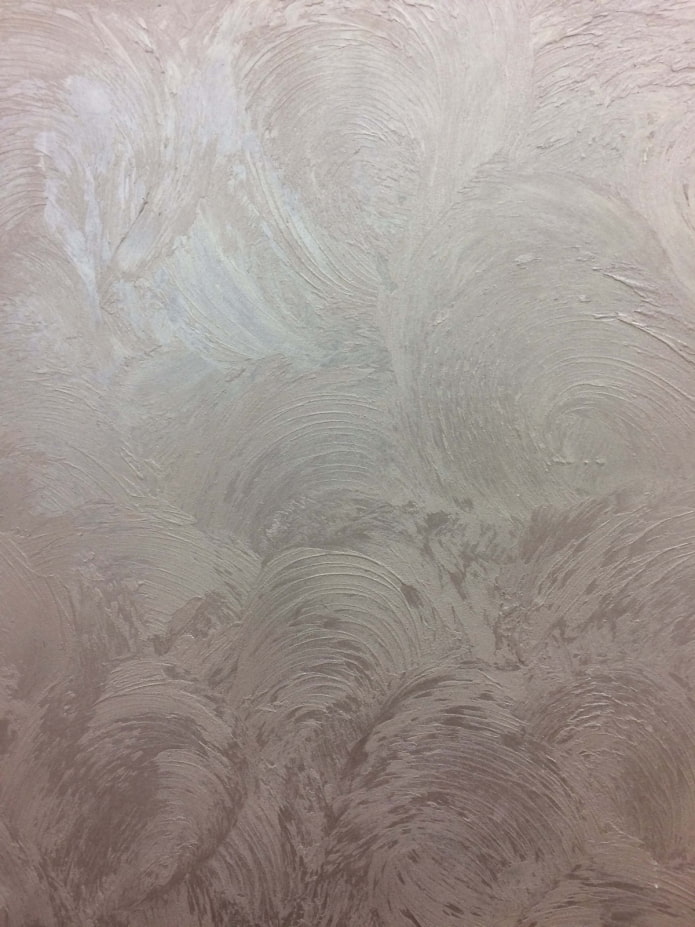
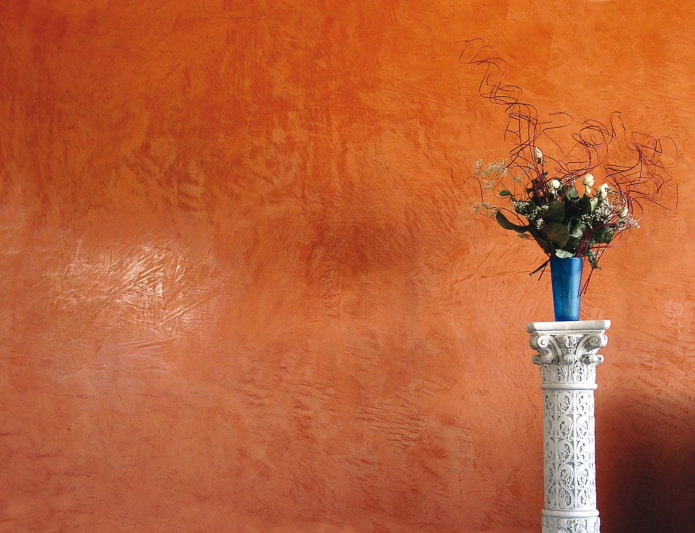
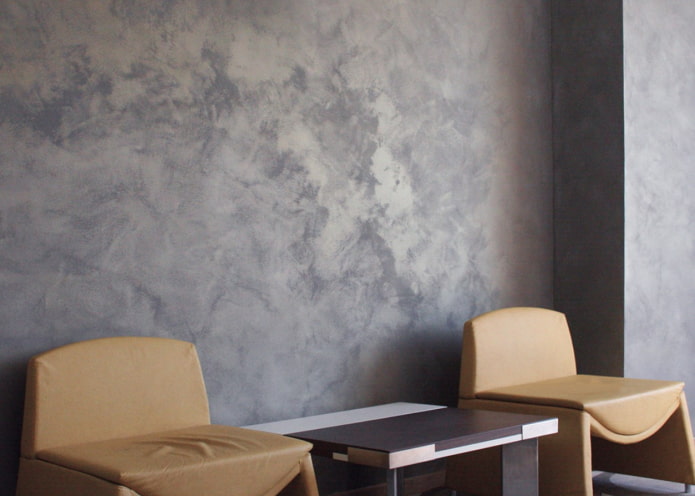


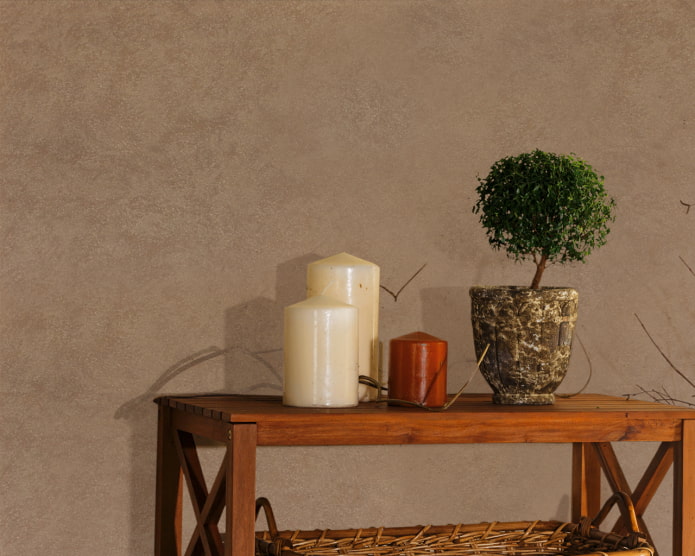
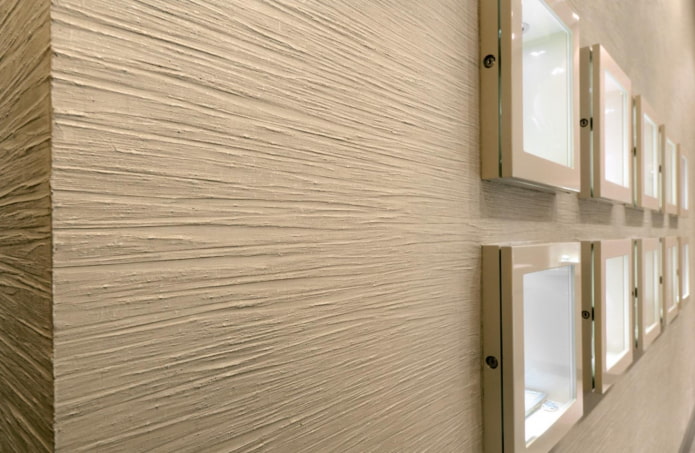
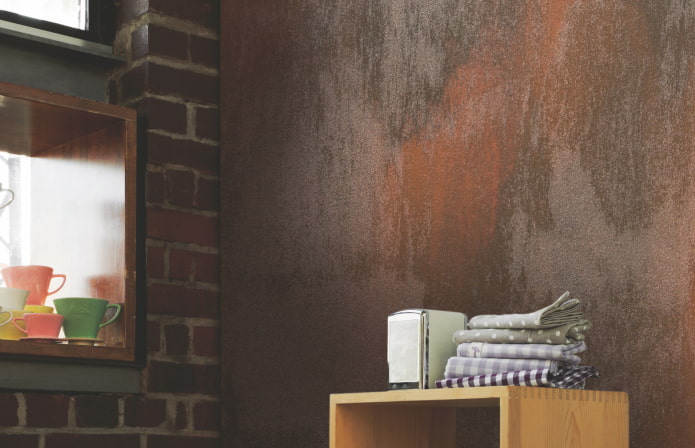
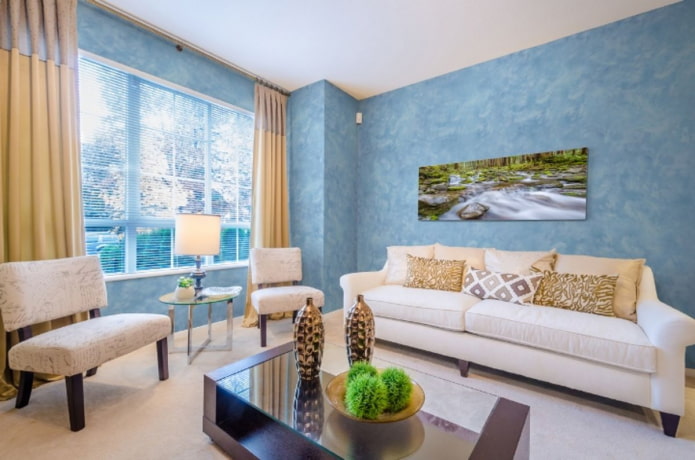
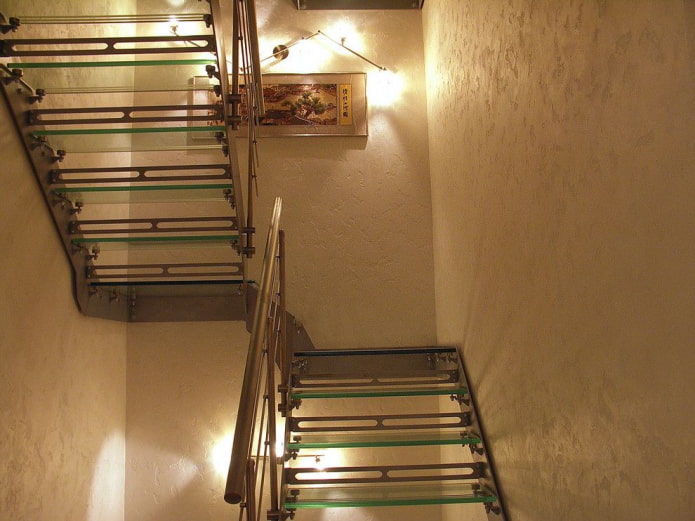
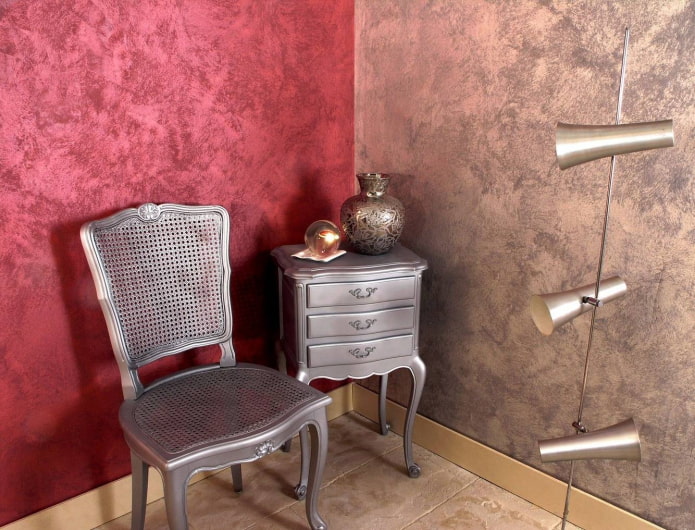

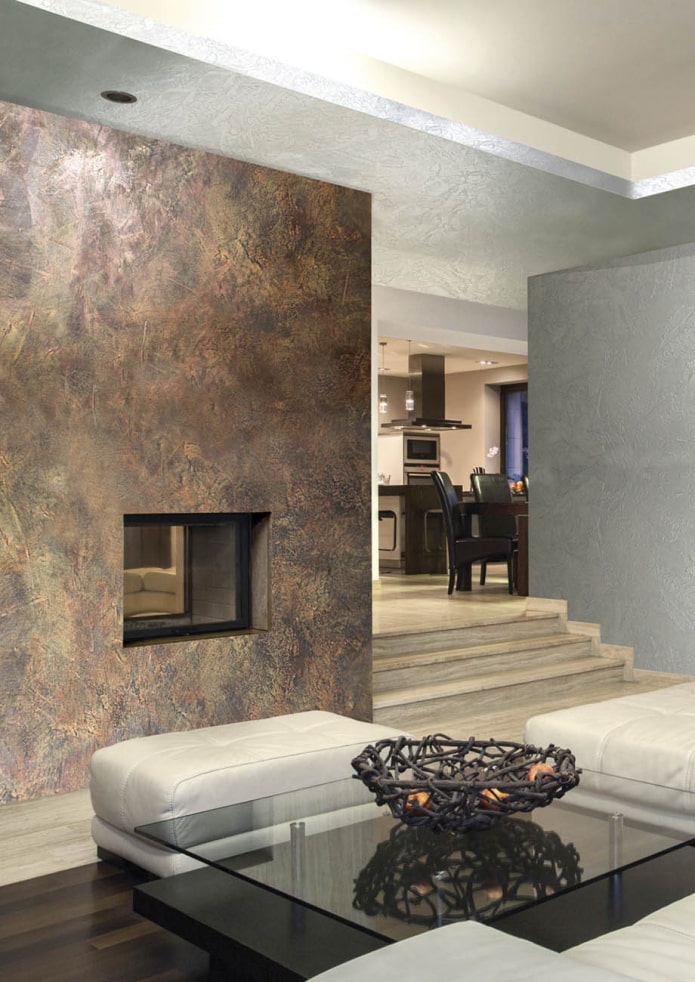

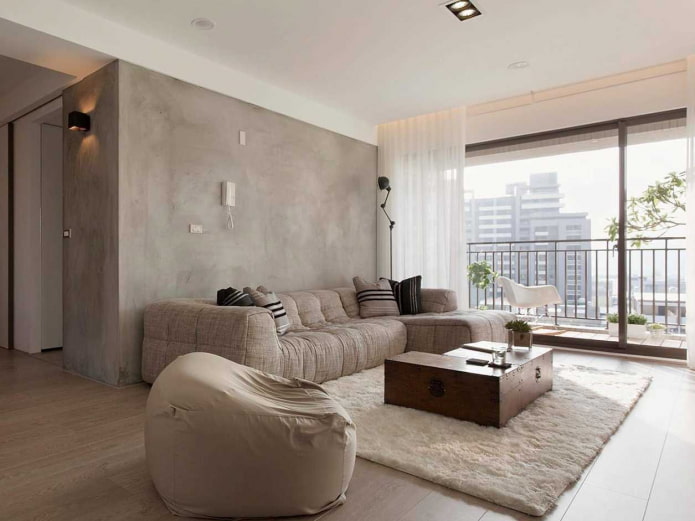
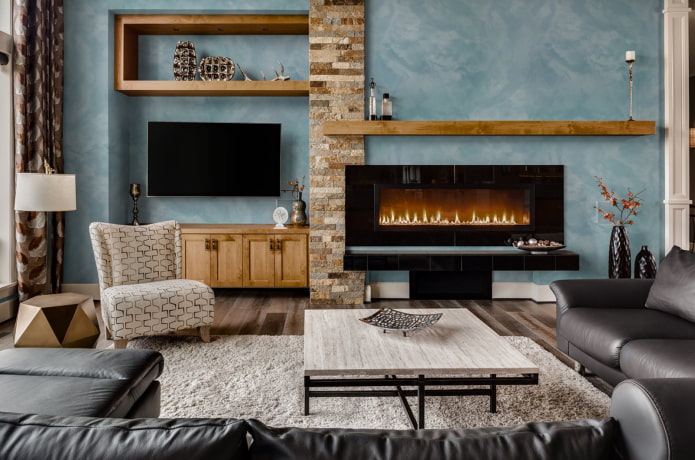
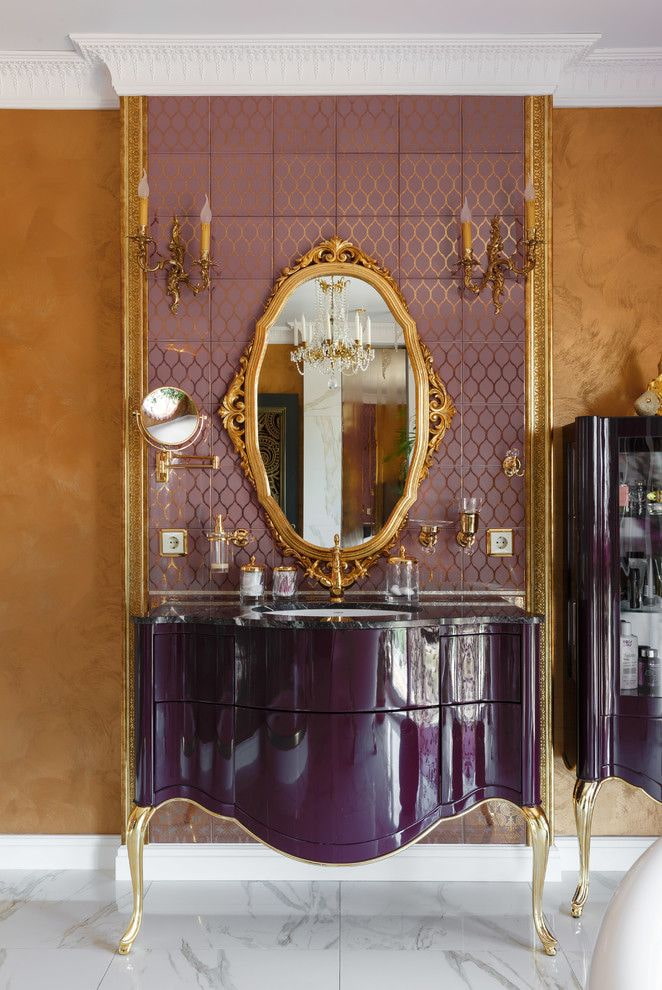
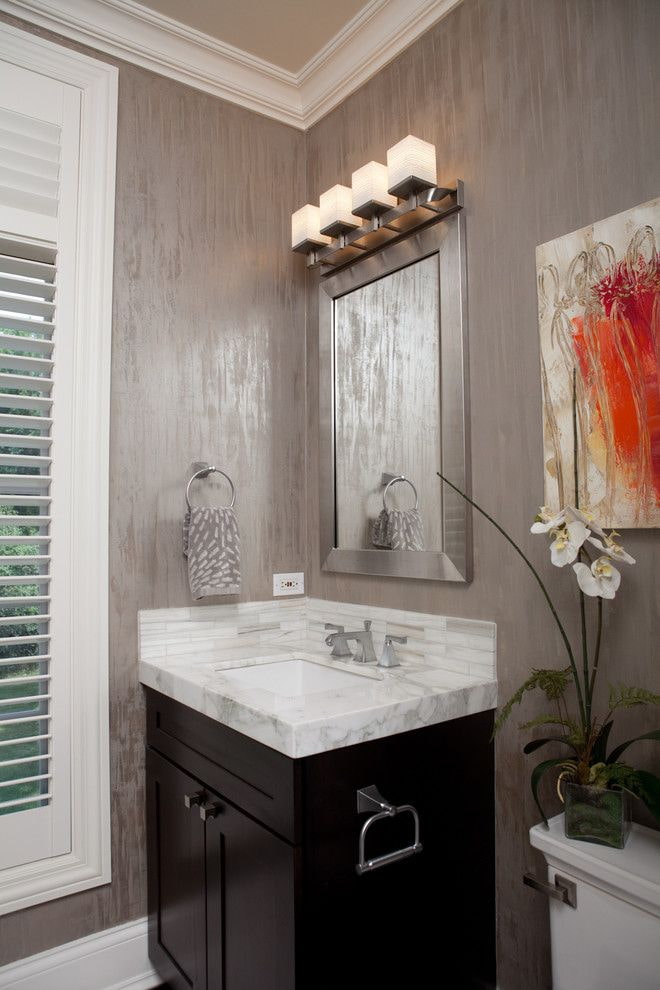
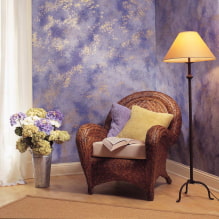
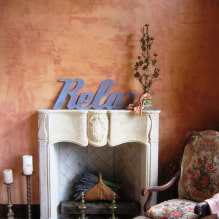
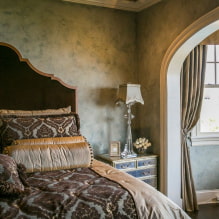

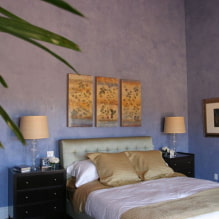
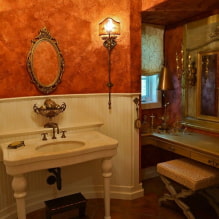

 What is better not to do it yourself during the repair?
What is better not to do it yourself during the repair? Bloated linoleum: how to fix it without disassembly
Bloated linoleum: how to fix it without disassembly The worst decisions in apartment renovation
The worst decisions in apartment renovation  Installation of ceiling tiles: choice of materials, preparation, order of work
Installation of ceiling tiles: choice of materials, preparation, order of work How to glue a ceiling plinth to a stretch ceiling?
How to glue a ceiling plinth to a stretch ceiling? Ceiling plinth for stretch ceiling: types, recommendations for selection
Ceiling plinth for stretch ceiling: types, recommendations for selection